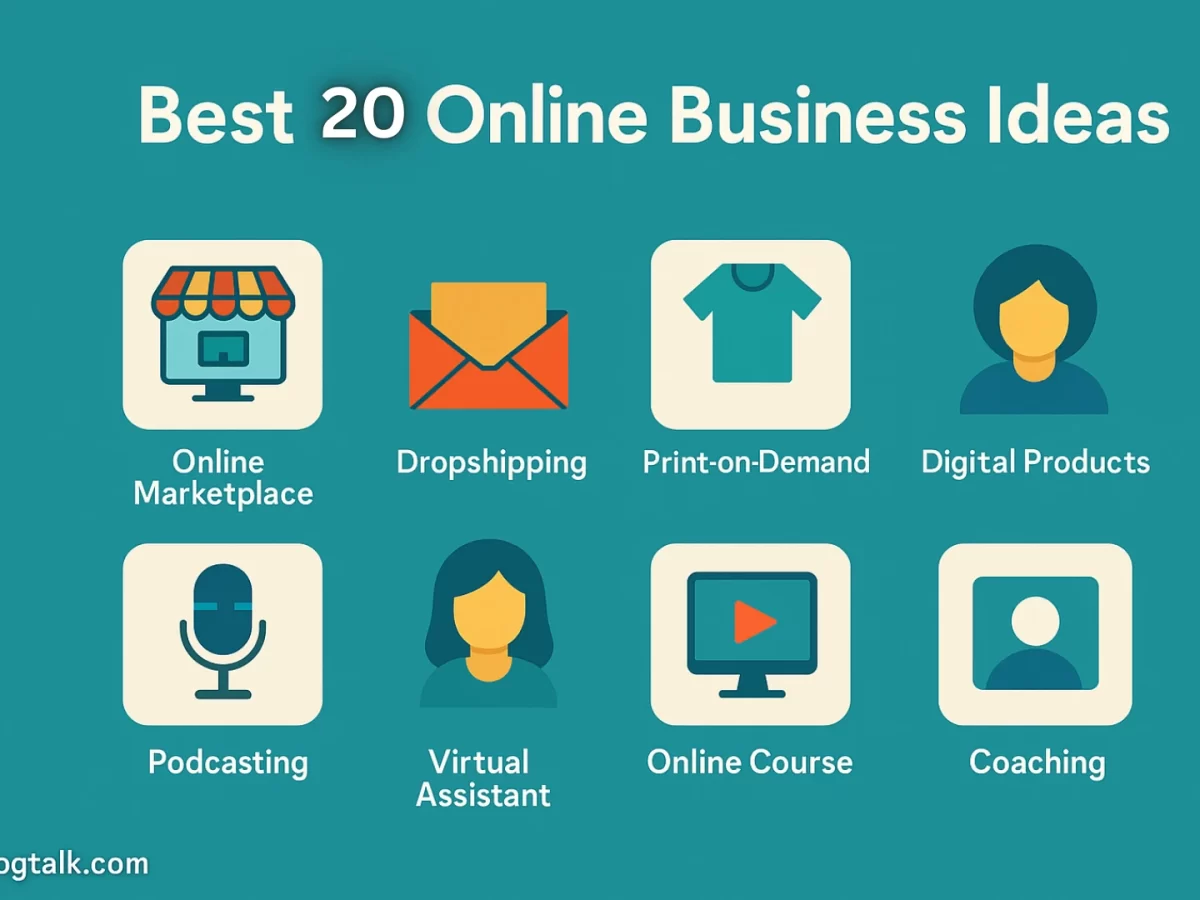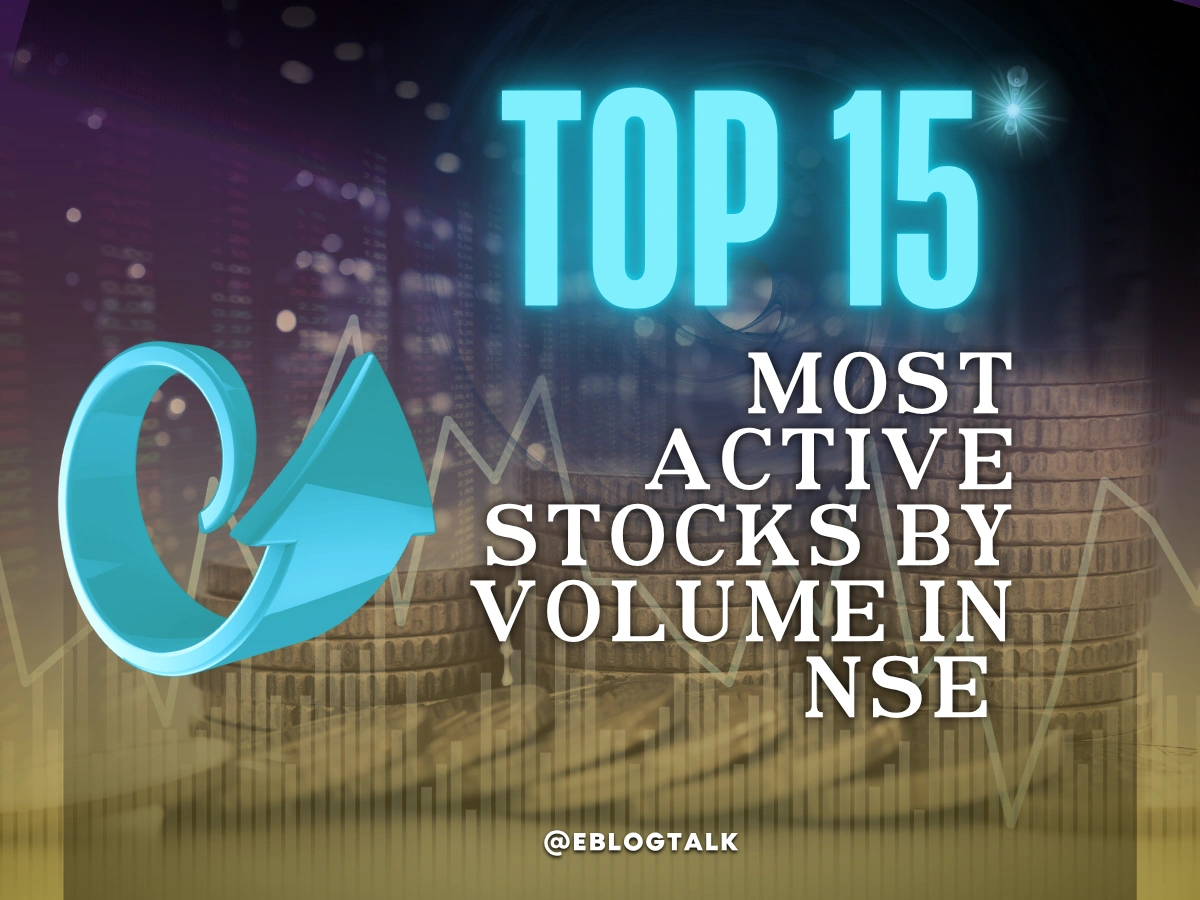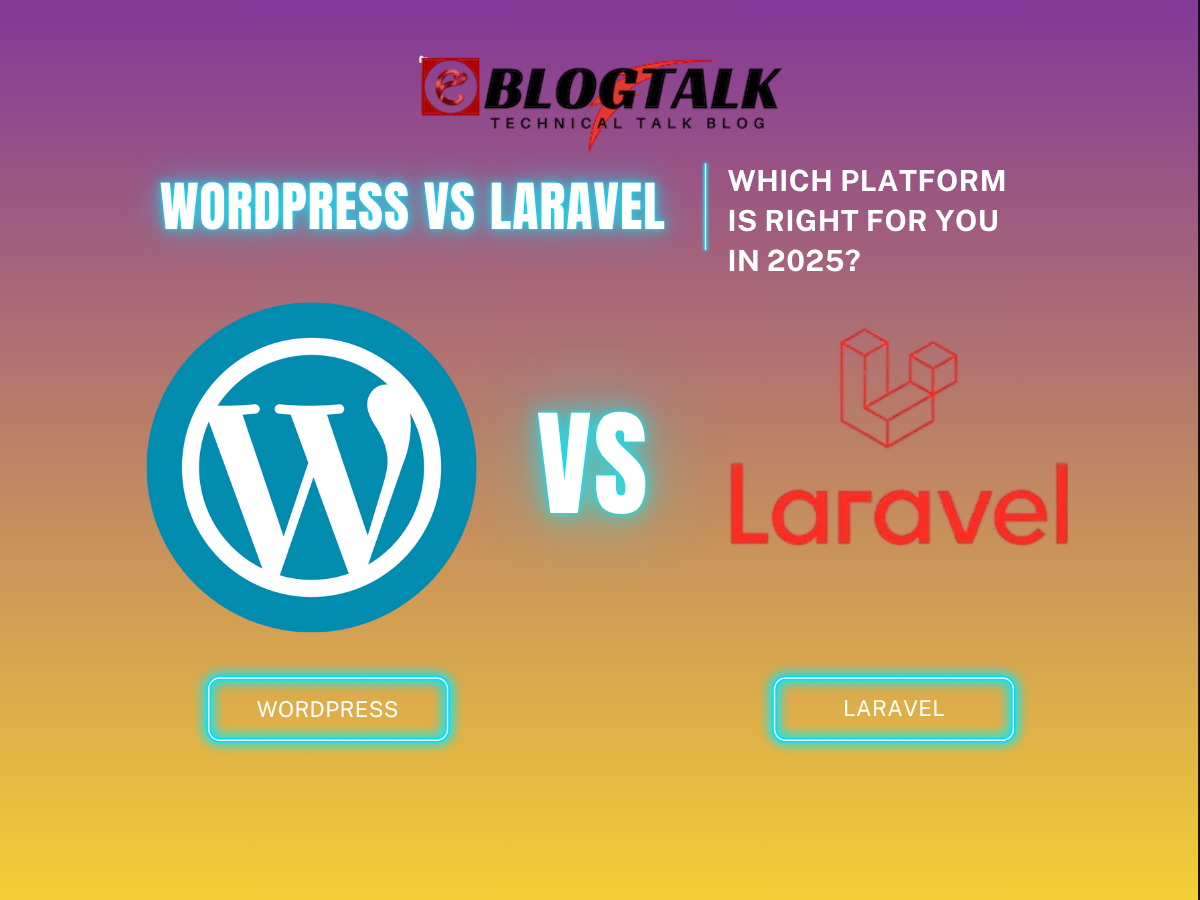WordPress has been one of the top blogging platforms for years. Many experts have spent many years learning and using it, which proves how valuable and capable it is.
At the same time, opinions about blogging platforms may not be the same for everyone. Some people want to know, “Which blogging platform is the best for me?” Since online tools are always developing, being aware of the latest trends is necessary for those who wish to succeed on the internet.
Such questions are answered by frequently testing and comparing popular blogging platforms and website builders. The evaluations consist of a study against WordPress and against the other platforms, with the purpose of providing accurate and up-to-date suggestions.
Those seeking reliable insights into today’s top blog platforms will find this article helpful. It offers an expert comparison of the leading options based on extensive research and hands-on testing. Let’s get on with it.
Methodology Behind Picking the Best Blogging Platforms
Over the past few years, there have been many blogging platforms that have appeared and disappeared. As a result of using various blogging platforms, we have identified a number of important factors that make the top platforms different from the rest.
Here is the list of criteria we use every time we check out a blogging platform:
Ease of Use: We always consider how quickly a blog can be set up on the platform. The user interface must be intuitive, with zero coding required for essential tasks. The best blogging platforms make it simple for anyone to get started.
Scalability: A top blogging platform should grow with your blog. It is important to check if a platform can keep up with more users without slowing down. Being able to extend your blog with extra features matters, too, so you won’t need to switch platforms in the future.
Value for Money: We assess every pricing plan to check what features are offered. When the blog grows, you should budget for future expenses. Free plans or trial options are highly appreciated because they can help a lot when you are getting started.
Blogging Features: We put a strong emphasis on the quality of our content editor. We search for powerful platforms that fit well with existing tools and have SEO, blog analytics, contact forms, and similar important features. A blogging platform becomes truly great when it has a wide range of useful features.
Now, let’s look at the list of top blogging platforms in 2025.
List of Top 11 Best Blogging Platforms in 2025
1. WordPress.org
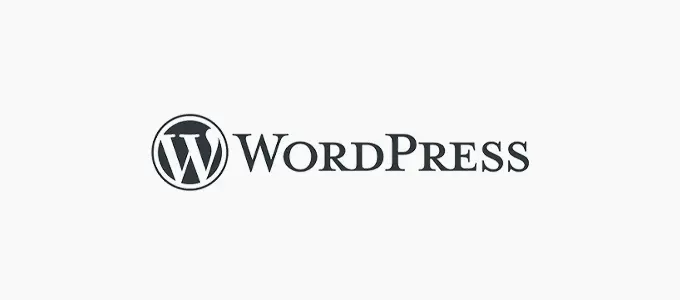
WordPress.org is the leading open-source content management system, powering over 40% of websites. Since it is self-hosted, you get thousands of themes and plugins, allowing you to do a lot.
The platform depends on people helping each other and on detailed documentation. Having a separate server and doing updates and backups from time to time is necessary, but this way, users can have complete control over their site’s design, features, and search engine optimization.
As you become better at using WordPress.org, it can handle the needs of both basic blogs and large business websites.
Pros
- Limitless customization with themes and plugins
- Large, supportive global community
- Excellent scalability for sites of any size
- SEO-friendly and highly adaptable
Cons
- Requires technical knowledge and maintenance
- Performance can slow down with excessive plugins
- Beginners may feel overwhelmed
- Hosting and security management are manual
Pricing
WordPress.org itself is free, but users must pay separately for hosting (typically $5–$30/month, depending on provider), a domain (~$10/year), and optional premium themes/plugins. At first, budget hosting is enough, but large websites need managed plans. Prices depend on how much performance is needed and how much the software is customized.
2. Hostinger Website Builder
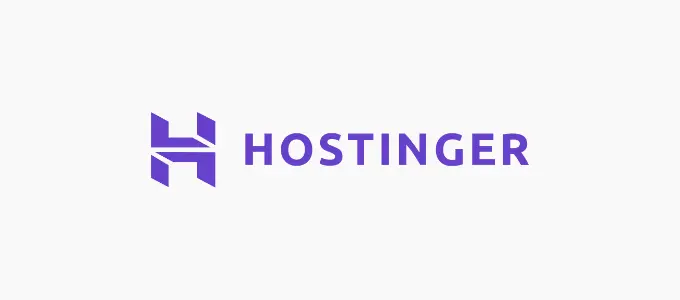
Hostinger’s Website Builder is made to be simple and suitable for people new to website building. The platform has AI-enabled drag‑and‑drop editing and more than 100 SEO-optimised templates running on Lighthouse infrastructure.
People can include e-commerce, forms, media, and marketing tools in their websites without writing code. Because Hostinger hosts it, you can set up hosting and domains together in a simple way. The clean design and fast performance help the site become visible and start growing.
Pros
- Very affordable starting plans
- Fast AI-powered drag-and-drop editor
- SEO-optimized templates
- Easy bundled setup with hosting and domain included
Cons
- Renewal prices are higher than intro rates
- Basic plans may lack automated backups
- No phone support
- Occasional performance dips during peak traffic
Pricing
Plans start at around $2.99/month for annual billing; renewal fees can double or triple. Mid-tier plans include SSL and daily backups. At the premium level, customers gain access to e-commerce tools and get priority support. For a fully included setup, builder, hosting, and domain, the mid-tier or higher plan (~$5–$9/month) is recommended.
3. Ghost

Ghost is an open-source CMS developed only for publishing and managing content. It’s built with Node.js and offers a clean editor, fast performance, and built-in SEO features. Ghost is a great choice for writers, newsletters, and publishers who want to earn money from subscriptions, as it is light and reliable and has Stripe membership features built in.
Still, there are not many plugins available, and e-commerce features are not included by default, so it is quite minimal.
Pros
- Lightning-fast performance and load times
- Clean, distraction-free writing environment
- Built-in SEO features
- Native membership and subscription tools
Cons
- Limited plugin ecosystem
- Requires coding for advanced features
- Payment options are limited to Stripe
- Lacks advanced collaboration features
Pricing
Ghost is free to self-host, though you’ll need hosting (approx. $5–20/month) and domain costs. At the entry-level, Official Ghost(Pro) plans start from $9 per month when you pay annually, and they increase in price as your needs grow up to ~$200 monthly for larger websites.
More Resources:
Successful Entrepreneurs in India 2025
Young Entrepreneurs in India
MBA Chai Wala Net Worth 2025
Vivek Bindra Net Worth 2025
Aman Gupta Net Worth 2025
Emiway Bantai’s Net Worth 2025
Archana Puran Singh Net Worth 2025
4. Web.com

Web.com offers a website builder in addition to hosting, registering domains, and providing marketing tools. The platform is designed for small businesses and solopreneurs, giving them drag‑and‑drop design, simple e-commerce, and marketing connections.
It makes it simple to get started on the internet by offering many services and phone assistance. Even so, it has less flexibility than newer tools and looks quite similar to other sites, but it still handles the main web requirements in one place.
Pros
- All-in-one convenience (builder, hosting, domain)
- Phone support included
- Simple, beginner-friendly editor
- The quick initial setup process
Cons
- Limited template flexibility
- Slower performance compared to modern builders
- Basic integrations lacking advanced features
- Customization options are constrained
Pricing
Pricing starts around $5–$10 per month for the first term, increasing to $15–$30/month on renewal. Extra charges are involved for e-commerce and marketing tools such as SEO and PPC. The domain is given in the first year, and it will cost around $15 per year after that.
5. Weebly

Under Square/Block, Weebly is a simple website builder that allows you to build a site using drag and drop and can handle e-commerce. It comes with various templates that work well and simple SEO tools.
Because of its blogging and App Centre, it is a good choice for small websites or portfolios. There are not many customization options, but Weebly is still affordable and dependable for new website builders and small companies.
Pros
- Simple drag-and-drop editor
- Responsive templates
- Integrated blogging and e-commerce tools
- Affordable pricing with a free plan is available
Cons
- Limited design flexibility
- The app ecosystem is smaller than its competitors
- The free plan includes Weebly branding
- Advanced e-commerce features are locked behind top-tier plans
Pricing
Even on the free plan, Weebly allows you to use a branded domain; paid plans for personal use with a custom domain begin from $10/month. Business options start from $12–$26/month, and they come with e-commerce tools as well. Higher tiers in the store might charge a fee for every transaction. Some users have found that pricing increases when they renew their contracts.
6. Squarespace
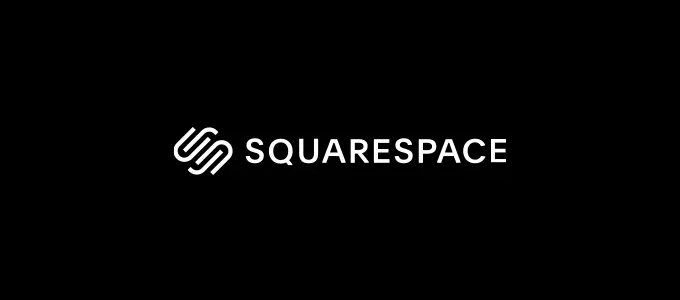
Squarespace is famous for its attractive, mobile-friendly designs and simple drag-and-drop website builder. It is created for creative professionals, portfolios, and small enterprises, allowing them to blog, sell products, improve SEO, and use analytics, all without coding.
A 14-day free trial allows exploration before commitment; while higher priced than some competitors, its design-first focus and all-in-one infrastructure deliver polished, professional sites quickly.
Pros
- Gorgeous, mobile-optimized templates
- Integrated blogging, e-commerce, and marketing tools
- Strong analytics and SEO options
- 14-day free trial available
Cons
- Limited template customization options
- Higher pricing than many competitors
- No phone support is available
- Template changes often require site rebuilds
Pricing
Annual billing plans range from $16/month (Personal) to $23 (Business), $28–$52 (Commerce Basic/Advanced), with monthly rates 24–30% higher. There is a 14-day trial available for each plan. With business and higher plans, you can sell online, enjoy no transaction fees, and use more advanced customization options. From time to time, promo codes give you 10% off.
7. WordPress.com
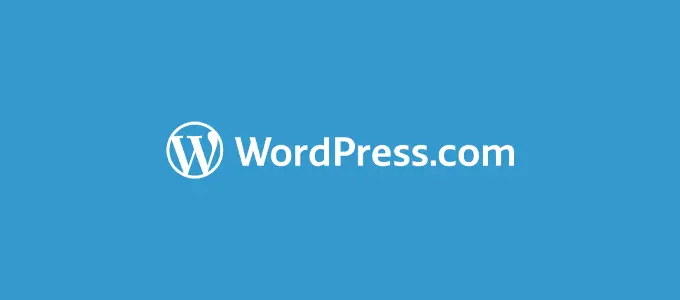
WordPress.com is a hosted version of WordPress designed to simplify the blogging experience for users who want to focus on content without worrying about technical setup. Unlike WordPress.org, it takes care of hosting, maintenance, and security, allowing you to start blogging with minimal effort.
The platform suits hobby bloggers, new users, or anyone who doesn’t require many advanced customization options. Although WordPress.com is convenient and easy to use, it limits what themes and plugins you can use, as well as your site’s control, unless you choose a more advanced plan.
Pros
- Fully hosted with no technical setup
- Free tier available for casual blogging
- Built-in security, backups, and maintenance
- Seamless upgrade path to premium features
Cons
- Limited customization on free and basic plans
- Cannot upload custom themes/plugins (except Business+ plans)
- Ads displayed on the free plan
- Lower flexibility compared to self-hosted WordPress
Pricing
The free plan includes basic blogging tools with WordPress.com branding. Paid plans start at $4/month for Personal (custom domain, no ads) and $8–$25/month for Premium or Business plans with added features like monetization, analytics, and plugin support. If you want advanced control, you should have a business plan or higher.
Other Resources:
AdSense Plugins for WordPress 2025
WordPress AntiSpam Plugins 2025
WordPress Form Builder Plugins 2025
Google Analytics Plugins For WordPress 2025
WordPress Advertising Management Plugins 2025
WordPress Cache Plugins to Improve Speed and Core Web Vitals 2025
WordPress Backup Plugins For Automated Backup 2025
8. Wix

Wix is a popular all-in-one website builder that offers great design freedom through its intuitive drag-and-drop editor. Known for its straightforward interface and nice designs, Wix is perfect for those who want a good-looking blog without needing to code.
There are integrations in Wix’s App Market for forms, SEO, e-commerce, and additional tools. It’s a good pick for people who focus on design and simplicity, yet it lacks many advanced blogging features that WordPress or Ghost have.
Pros
- Highly customizable drag-and-drop editor
- Large template library and App Market
- Free plan with hosting included
- Built-in SEO, analytics, and marketing tools
Cons
- The free plan includes Wix branding and ads
- Can’t switch templates after publishing
- Blogging tools are basic compared to specialized platforms
- Slight performance lag with heavy designs
Pricing
The free plan includes basic functionality with Wix branding. Paid plans start at $5/month for basic use, $10–$16/month for Combo and Unlimited plans with custom domains and more features. Business and e-commerce plans are priced between $17 and $29, based on how many sales tools and how much storage you require. Usually, annual billing plans come with a free domain for one year.
9. Medium
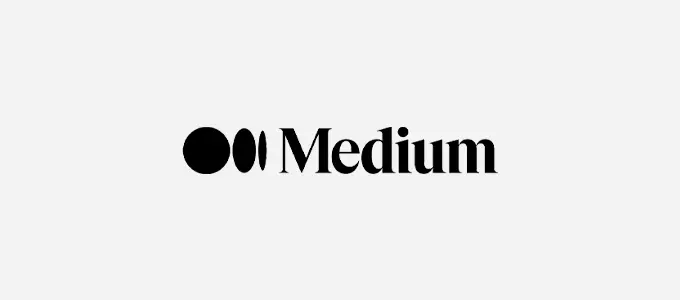
Medium is made for writers, thinkers, and storytellers who want to publish their content. It gives you a clean workspace so that the main focus is on reading and writing, not on design or customization. There’s no need to worry about domains or formatting; concentrate on your writing and publishing.
Since Medium has a ready audience, your articles can quickly get noticed if they are interesting. It is made for bloggers and writers who want their content to reach people and be read rather than focusing on website ownership or creating a brand.
Pros
- Minimalist interface focused on writing
- Built-in audience and distribution network
- No technical or design skills needed
- Integrated member partner program for monetization
Cons
- No custom domains or branding options
- Limited SEO and analytics tools
- Revenue depends on Medium’s partner model
- Little site ownership or customization
Pricing
Publishing on Medium is free for writers. Readers can access unlimited paid content with a $5/month or $50/year Medium Membership. Writers who join the Medium Partner Program can get paid depending on how much time members spend reading their articles.
10. HubSpot CMS Hub
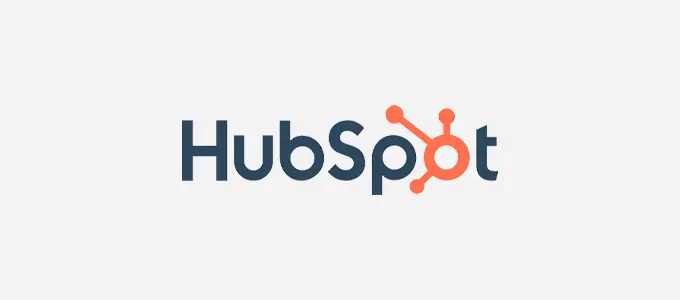
HubSpot CMS Hub is a powerful, enterprise-grade content management system ideal for businesses and marketing teams. It combines the process of building a website and blog with CRM, automation, SEO, and analytics. It is very safe, flexible, and designed for companies that rely on content to generate leads.
HubSpot CMS Hub is excellent for marketing and blogging, yet it may be complicated and costly for those who are new to blogging. Professionals handling blog content as part of marketing are the main users of this tool.
Pros
- Built-in CRM and marketing tools
- Smart content and personalization features
- Robust analytics and SEO capabilities
- Excellent scalability and support
Cons
- Expensive for small or personal blogs
- Limited design flexibility without developer input
- The learning curve for beginners
- Blog functionality is secondary to marketing tools
Pricing
HubSpot CMS Hub starts at $9/month. The professional plan costs $400/month, and the Enterprise starts at $1,300/month, offering more advanced features, security, and support. Every plan is paid for yearly and usually comes with CRM and automation access.
11. Blogger

Blogger, a free blogging platform by Google, has long been a favourite among casual bloggers due to its simplicity and ease of use. Users can make and publish blogs fast, thanks to pre-made templates and little setup needed.
Connecting your site to Google services like AdSense and Analytics is very easy. Nevertheless, the system has not changed much over the years, so its design options and capabilities are less powerful than what modern blogging tools can do.
Pros
- Completely free with Google-hosted domains
- Easy to use and set up
- AdSense integration for monetization
- Reliable Google infrastructure
Cons
- Outdated interface and limited design options
- A few updates and new features
- Customization and SEO tools are basic
- Less control over long-term data and branding
Pricing
Blogger is 100% free to use with a blogspot.com subdomain. Users may optionally purchase a custom domain through a provider like Google Domains, usually costing around $10–$15/year. There are no paid upgrades or subscriptions.
Conclusion
Choosing the right blogging platform in 2025 depends entirely on your goals, experience level, and budget. Whether you’re a hobbyist looking for simplicity (like Blogger or Medium), a creative wanting beautiful design (like Squarespace or Wix), or a pro needing full control (like WordPress.org or Ghost), there’s something for everyone.
Hostinger and Web.com are recommended for people who are just starting, but HubSpot CMS is best for blogging for businesses. It’s important to keep in mind customization, making money, ease of use, and future scalability before choosing a platform.
The most suitable platform is not the most advanced but the one that fits your content goals and helps you create your blog.
FAQs About Best Blogging Platforms
1. Which is the best blogging platform for beginners in 2025?
Both Wix and WordPress.com are good for new users since they are easy to use, don’t require much coding, and have drag-and-drop editors.
2. Is WordPress.org better than WordPress.com?
WordPress.org allows you to manage all the details, change things to your liking, and scale your website, while WordPress.com is simpler to run but has fewer options unless you pay for a higher plan.
3. Which blogging platform is best for making money?
It is great to start with Blogger or Medium for free, but they do not offer the same level of customization and ways to make money as paid options.
4. Are free blogging platforms worth using?
Yes, free platforms like Blogger and Medium are great for starting, but they have limited customization and monetization options compared to paid plans.
> My Response is on my own site
> Image Sharing Sites
> Profile Submission Sites
> Edu Sites for Backlinks
> Ping Submission Sites
> PDF Submission Sites
> Social Bookmarking Sites
More Resources:
> What is breadcrumb navigation for SEO?
> Mobile SEO Mistakes
> How do we improve page speed- The Complete Guide
> SEO Myths about website optimization
